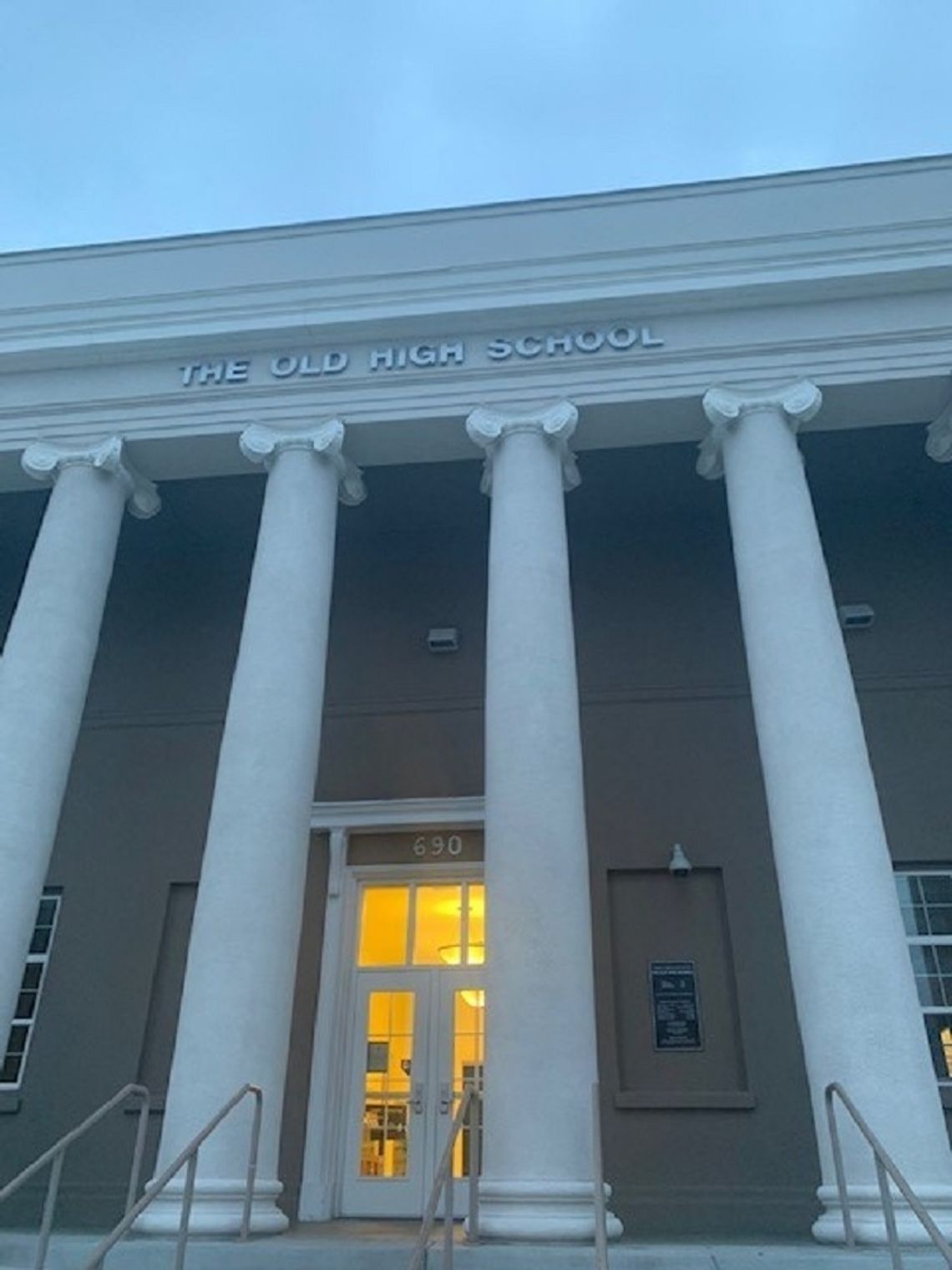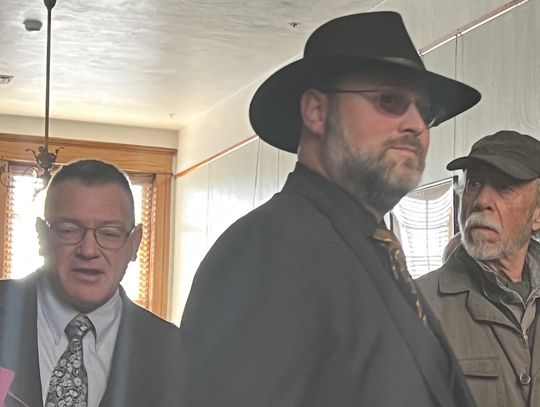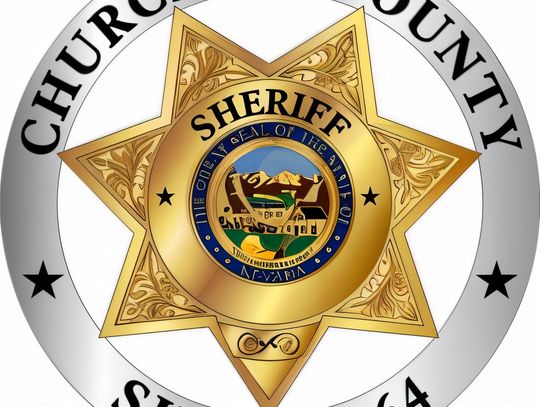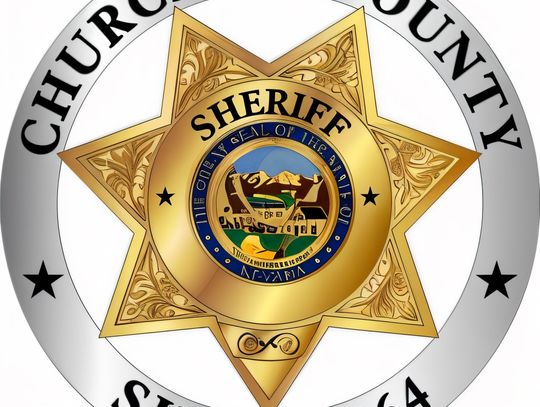The Debt Management Commission held a regular meeting recently to hear the annual submission of Debt Management Plans from each local government as required by Nevada Revised Statute, 350.0035. Made up of representatives of local governments that have taxing authority, members are Lynn Pearce, Alan Kalt, Mike Berney, Tricia Strasdin, Kelly Frost, Christy Lattin, and Greg Koenig.
Sherry Wideman, Comptroller for Churchill County, presented the county’s Debt Management Policy explaining the purpose of the policy is to manage the issuance of the debt obligations and maintain the ability to incur debt at favorable interest rates for capital improvements, facilities, and equipment that are beneficial and necessary for essential services to the community.
As of June 30, 2022, the county has no general obligation debt, medium-term bonds, or general obligation revenue bonds outstanding. There are $37,519,862 in outstanding revenue bonds and no plans for proposed general obligation debt.
The amounts outstanding are two USDA (United States Department of Agriculture) loans for the jail issued in 2017 for $13.5 million as well as a revenue bond for $8.7 million for the 3C Event Center.
CC Communications has two revenue bonds with approximately $14.5 million outstanding that is supported by user fees, and there is a USDA loan for a water well that is proposed for $558,000. The jail and civic center loans and bond are supported by sales tax, federal payment in lieu of taxes, and geothermal rents.
In comparison, Douglas County holds general obligation debt of $35 million, Lyon County has $29 million, and Nye $18 million. Neither Elko nor Humboldt have any general obligation debt.
Wideman said there are several possible future projects for the county, including the District Court Expansion, wastewater system improvements, economic development of industrial/commercial, library and museum expansions, and road projects.
Sean Richardson, City of Fallon Clerk-Treasurer presented the City’s Debt Management Policy. He said as of June 30, the City had no general obligation debt outstanding, $1,783,000 in medium-term general obligation debt, and $6,526,108 in general obligation revenue supported bonds outstanding. Most of the City’s debt is paid from revenues generated by the utility funds. There are seven utility funds in the City, including electric, water, sewer, landfill, and sanitation. The City currently has just over $56 million of statutory debt limit available.
Potential future projects include road reconstruction, public works building upgrades, patrol vehicles, work trucks, park improvements, and the airport FBO building, as well as improvements to the water and sewer infrastructure.
Kristi Fielding, Comptroller for the Churchill County School District presented the district report, saying the school district issues general obligation debt to make improvements to District facilities and to purchase equipment. She also gave the history of the district’s bond, passed by voters in November of 2008 as a rollover bond, expiring in 2018, and allowed the district to utilize revenues from the existing tax rate to repay bonds and provide funding for a specific list of capital projects.
During the 2015 legislative session, the State Legislature extended the authorization term for school districts by 10 years. During the 2021 session, the term was again extended for ten years, moving the expiration of the bond authorization to 2035. According to Bob Erickson, Chief of Staff for the City of Fallon who also served as a lobbyist for several legislative sessions, the legislature “changed the rules” because Clark County was growing so fast at the time and the need for school buildings was in such high demand it made going back to the voters for each needed bond, nearly impossible. The legislative change made it possible for counties to continue operating under their existing debt, relying on the increasing assessed valuation for the debt service.
Fielding said that as of June 30, 2022, the district has $24,175,000 of general obligation bonds outstanding, and $209,300 in medium-term general obligation bonds outstanding. The debt is paid from property taxes.
Currently, the district is using $0.55 of the $3.66 tax rate to repay the outstanding bonds. They use $0.75 for operations in the general fund. Fielding said that several times, the last being in 2021 they have re-funded their bonds which has allowed the district to reallocate tax revenue from paying interest to being able to fund capital improvements, “extending the life of facilities and deferring the need for future bond issuance. This also makes better use of the revenue by putting money into something tangible instead of simply paying interest.”
A discussion was held related to the district possibly releasing some of the $0.55 to be used by another public entity, with Kalt mentioning possible funding of the Fallon Youth Club and complimenting Fielding, Richardson, and Wideman on, “having those hard conversations.”
Frost said since the school district is not putting all their $0.55 toward the bond, “I feel we need to discuss how some of that can be looked at and reallocated, especially with the youth club serving your constituents,” addressing Fielding.
Other entities making reports to the Debt Management Commission included the Mosquito Vector and Noxious Weed Abatement District, Carson Water Subconservancy District, and the Truckee-Carson Irrigation District.
Each entity is limited in the bonds it can issue by the statutory debt limit, the $3.66 overlapping tax rates, and the amount of revenue available to make the debt service payments. The overlapping tax rate is limited by state statute at $3.66 of each $100 of assessed valuation paid in property tax, and each entity uses a percentage of that tax revenue for its operating expenses. Churchill County residents pay $2.86 per $100, while residents in the City of Fallon pay an additional $0.7971, reaching the cap of $3.66. A county resident would pay $1,002.02 and a city resident would pay $1,281 on a $100,000 house.
That $3.66 is broken down by each entity and is listed on the property tax bills. During the 2021-22 tax year, the tax rate was broken down with $0.846 going to the general fund, Social Services $0.065, Extension $0.02, the library $0.065, capital improvements with the city and county $0.05, the 1991 tax act $0.0219, the senior center $0.06, hospital indigent fund $0.015, the fire department $0.03, mosquito abatement $0.08, school operating $0.75, school debt service $0.55, city $0.7971, youth services $0.05, indigent medical $0.06, and CWSD $0.03, the state receives $0.17.
Property taxes are paid to the County Clerk by landowners in the county. People who rent do not directly pay the tax, however, their landlord will pass those costs on to the renters as part of their rent payments. A useful explanation of property taxes can be found on the county website.










































Comment
Comments